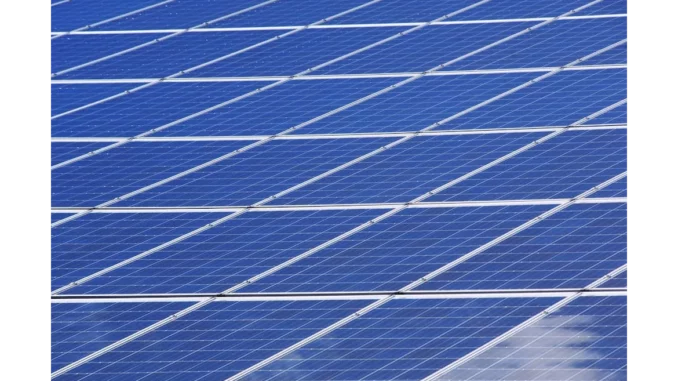
In the landscape of commercial real estate, the past decade has marked a notable shift towards sustainability, with green building certifications such as LEED (Leadership in Energy and Environmental Design) and BREEAM (Building Research Establishment Environmental Assessment Method) emerging as pivotal instruments. These certifications provide a framework for evaluating and endorsing sustainable building practices and have become indispensable not only for their environmental contributions but also for the significant financial impacts they exert on commercial properties. As the industry increasingly embraces these standards, understanding their evolution and implications is vital for stakeholders aiming to navigate this dynamic market.
Focus360 Energy: property compliance services – pre-planning to post-construction. Learn more.
The journey of green building certifications began with a growing awareness of the environmental and economic benefits of sustainable construction. The publication of “The Green Building Revolution” in 2007 by J. Yudelson marked a pivotal moment, illuminating the transformative potential of green practices within the real estate domain. Since then, certifications like LEED and BREEAM have gained widespread recognition, setting rigorous benchmarks for energy efficiency, water conservation, and overall environmental impact. These certifications have not only become symbols of environmental stewardship but also benchmarks of quality and resilience in the built environment.
Financially, green building certifications have demonstrated a substantial influence on the economic performance of properties. Studies, such as the one by Leskinen et al. in 2020, reveal that green-certified buildings tend to command higher rental rates, experience lower vacancy levels, and benefit from reduced operating expenses. These advantages stem from the enhanced sustainability and operational efficiency inherent in certified structures, which appeal to an increasingly environmentally conscious tenant base and discerning investors. The financial allure of these certifications is further underscored by research from Eichholtz et al. (2010) and Fuerst & McAllister (2011), which shows rental premiums of between 5% and 8% for LEED and ENERGY STAR-certified office buildings in the United States.
Tenant demand for sustainable features is a key driver of the premium associated with green-certified buildings. Modern tenants show a pronounced preference for workspaces that prioritise health and sustainability, often willing to pay higher rents for buildings that offer superior indoor air quality, abundant natural lighting, and energy-efficient systems. The findings of Robinson et al. (2016) underscore this trend, highlighting tenant appreciation for features typically associated with green certifications, such as energy-efficient HVAC systems and access to natural light. This shift in tenant priorities underscores the importance of sustainability in maintaining competitive advantage in the commercial real estate market.
However, the path to achieving green building certification is not without its challenges. Initial costs related to design, construction, and the extensive documentation required for certification can be substantial. Moreover, the extent of financial benefits can vary significantly based on market conditions, property types, and geographic locations. In certain regions, limited data on certified buildings complicates efforts to generalise the financial outcomes across different markets. Despite these hurdles, many developers view the long-term benefits as outweighing the initial costs, especially when considering future-proofing their investments against regulatory changes and evolving market preferences.
Policy support and incentives from governments worldwide play an instrumental role in fostering the adoption of green building certifications. Numerous countries have implemented tax incentives, grants, and subsidies aimed at promoting sustainable construction practices. These incentives can alleviate some of the upfront costs associated with certification, thereby enhancing the financial viability of green building projects. The World Green Building Council’s 2013 report, “Green Building Incentives: A Global Review,” highlights how policy measures can significantly drive the uptake of sustainable building practices, creating a favourable environment for green certifications.
Drawing all these aspects together, green building certification stands as a powerful catalyst for the evolution of sustainable commercial real estate. Beyond the evident environmental benefits, these certifications offer substantial financial incentives, including potential rental income premiums and reduced operational costs. As sustainability continues to gain traction within the real estate industry, the demand for green-certified buildings is poised for growth. For investors and developers, an acute understanding of the financial implications and strategic advantages of green certifications is essential. Despite the challenges, the prospects of financial gain and market differentiation render green building certifications an attractive proposition within the commercial real estate sector.


Be the first to comment